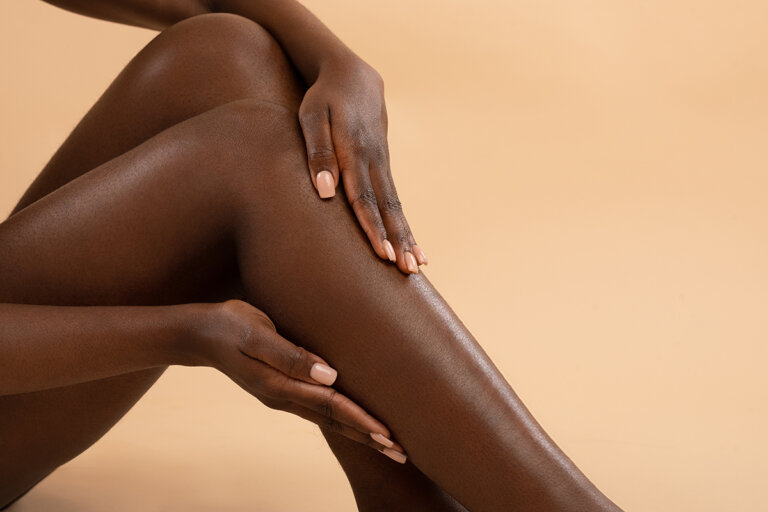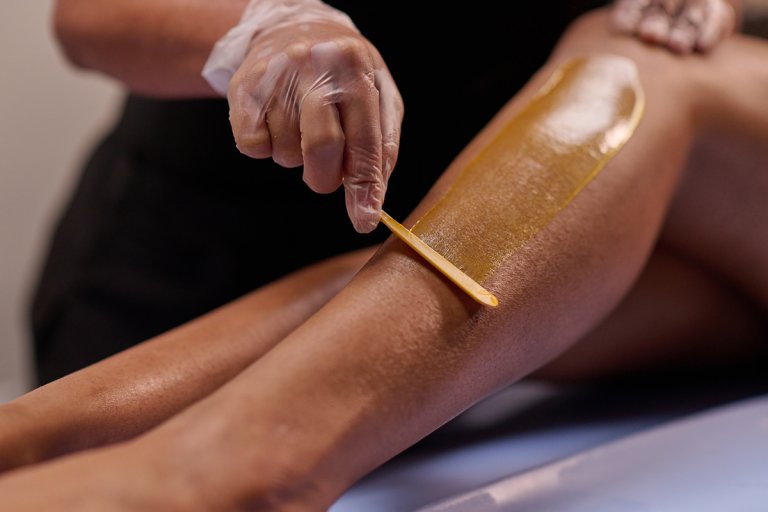skin exfoliation
We recommend that you exfoliate the area a day or two prior to your appointment. Thoroughly clean the area, keeping the skin moist but not greasy from heavy lotions or oils.
LET IT GROW
Hair should be 1/4″ to 1/2” long for effective waxing. For most people, this means waiting 2-4 weeks (minimum of 2) from the last time you shaved.
SUN EXPOSURE
We recommend that you avoid extreme sun exposure for 48 hours before and after your wax. If you are getting a spray tan, we would recommend getting your tan 1-2 days after your wax. This will ensure your skin is hair-free and has had time to recover.



